We’re excited to introduce you to the always interesting and insightful Sarah Marlatt. We hope you’ll enjoy our conversation with Sarah below.
Alright, Sarah thanks for taking the time to share your stories and insights with us today. We’d love to hear about the things you feel your parents did right and how those things have impacted your career and life.
My parents have never worried about money, even though the world gave them plenty of reasons to. Most parents fear the statement, “Mom, Dad, I think I’m going to quit my job, and become a freelance artist.” The instability, infrequent paychecks, and madness of self employment taxes are just the beginning of reasons parents often advise against a creative career. However, despite having lived through a period of near poverty themselves, my parents saw the gifts and passion God gave me for art. They have always been my biggest supporters, and are constantly invested in my business and craft. They show their support by sharing my work with friends and family, calling me with ideas of how to market my latest painting, and by simply saying they’re proud of me. While we both know I made three times as much money working my previous desk job, they are the quickest to say my choice to become an artist was a good one. This is where I can use my talents to serve others, and that’s worth more than gold.
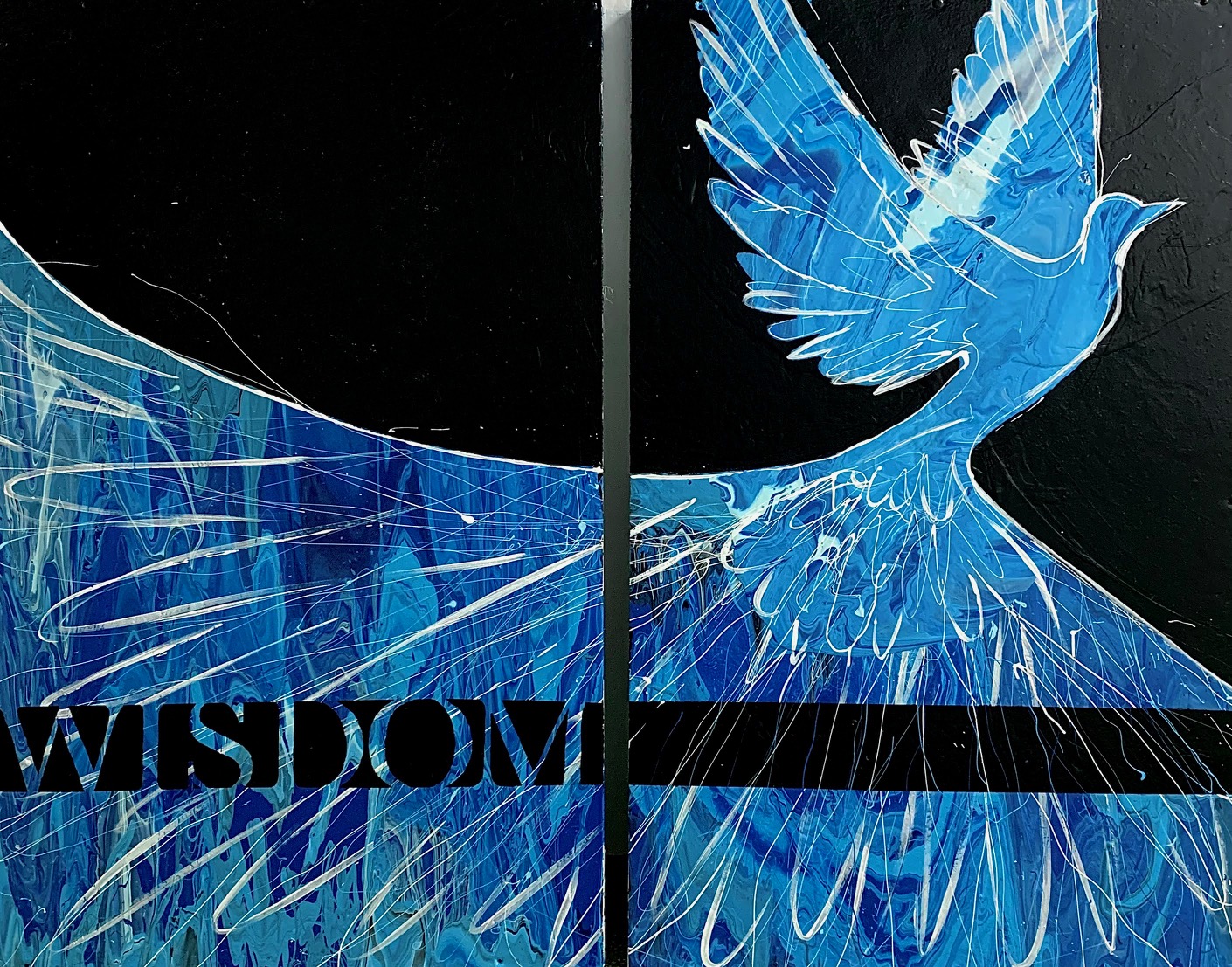
Sarah, love having you share your insights with us. Before we ask you more questions, maybe you can take a moment to introduce yourself to our readers who might have missed our earlier conversations?
There was never a question of what I wanted to be when I grew up. When I was maybe four or five years old, I knew I wanted to be an artist. What kind of artist? Now that is something that I’m still growing into. When I was fifteen, my childhood dog died, and I decided to draw a picture of her to deal with my emotions. Word got around to my aunt, a veterinarian, who said there is a whole world of people who would pay for something like that. For ten years now, making lifelike colored pencil pet portraits has been a part of my income. I’ve expanded my business to include watercolor house paintings, acrylic family portraits, graphic design, and Scripture-based oil paintings for churches. A wonderful fact I’ve learned in my business of commissioned art is that my clients will tell me what is going to sell. I hardly have to do any research. All of my successful branches of artwork have started by someone asking, “You’re an artist. Can you do something like this for me?”, and I give it a shot.
Although my line of art is constantly expanding, I am directing my main focus to Liturgical Art. Liturgical Art is artwork designed to serve God and His Church in a place of worship, and ultimately point to the Gospel of Christ. It combines my passion for creating with my greater passion for my Creator. In making art for churches, I get to employ the various skills I practice in my other commissions to create one completely original piece.
All in all, I make art to connect with and serve other people. I depict subjects that are close to my clients’ hearts, and within their souls. I’m honored to be trusted with matters so precious, and work to do them justice so they can be proud of what hangs on their walls.

Learning and unlearning are both critical parts of growth – can you share a story of a time when you had to unlearn a lesson?
“There is a negative connotation that comes with being a freelance artist.” While this statement may ring true for some cases and some people, it is not a concrete truth. Viewing freelance art as a frowned upon profession, and thinking my elders or even peers will disapprove of my job choice made me scared to take the leap. If my parents and husband were not so encouraging, I’m sure I would have struggled tirelessly with the worry that others would think less of me if I chose this path. Stepping into freelance art, and bringing up that conversation with a variety of people has proven just the opposite. It may take a while for them to understand that making art is actually my full time job, but once they do, they are nothing but encouraging. I made the mistake of assuming people will look down on me or try to talk me out of my career. This led me to prematurely judge those around me in a form of twisted self-defense. In reality, there was nothing to defend myself from. People are kinder than we give them credit for. People are more loving than we assume.
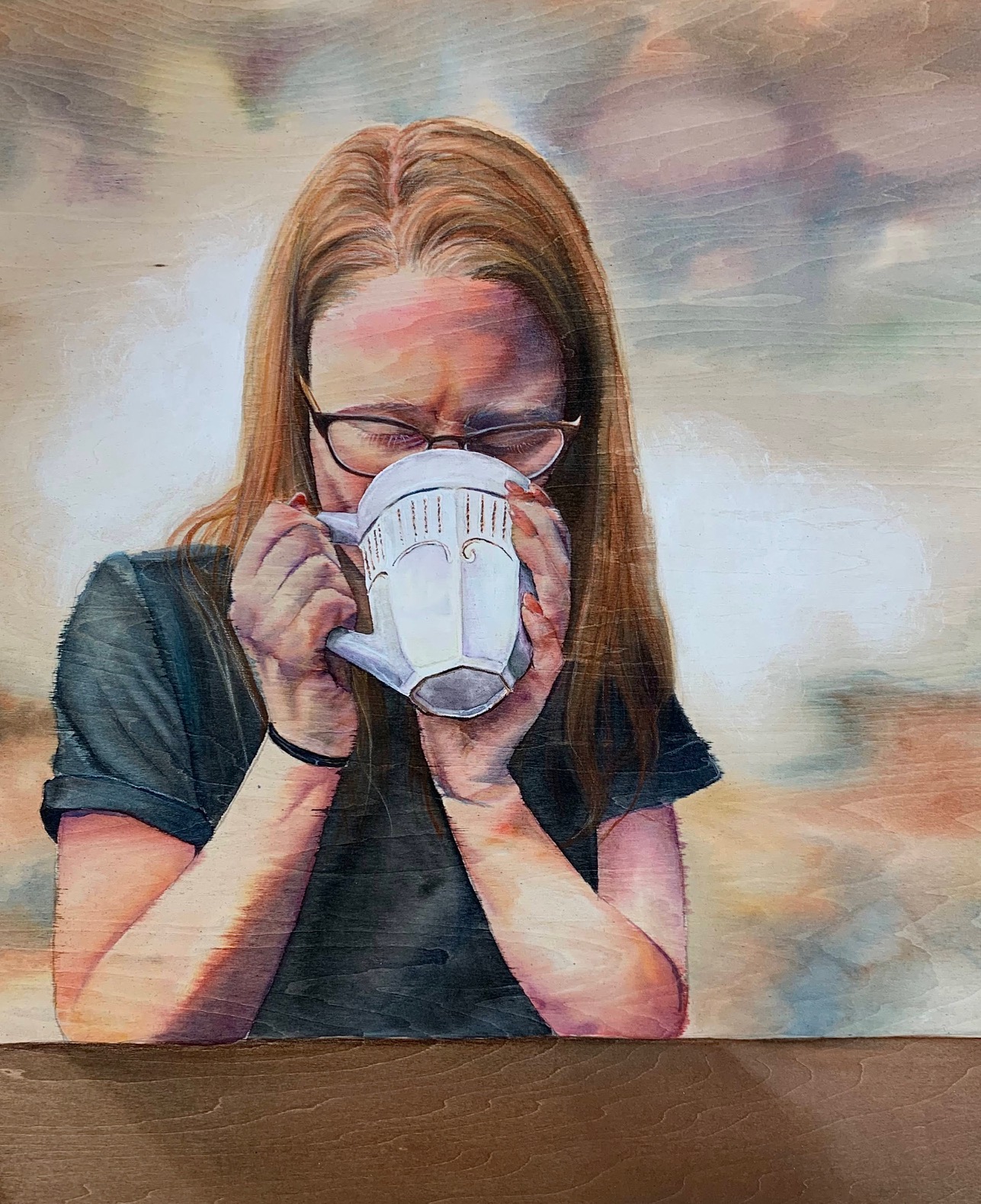
For you, what’s the most rewarding aspect of being a creative?
The most rewarding aspect of being a creative is getting to use my gifts to directly impact people. Before committing to the world of freelance art, I was committed to the world of office work. I was an artist, then product developer, then graphic designer, then I shifted to the marketing team, and at last transferred to ecommerce. My job, which originated in drawing and colors, had turned into building spreadsheets with item numbers and wrestling with Amazon. All of the work I would pour into for hours and hours of my day had barely any impact on my company, let alone the general public. At the end of my work day I felt drained, unproductive, and useless.
As a creative, I get to use my actual skills I have been developing since I knew how to hold a pencil. I get to combine the business knowledge I gained from my office job with my passion for art. I spend my weeks creating pieces that directly connect with my clients mentally, emotionally, and even spiritually. I practice skills I care about refining, and I grow from the challenges each project presents. At the end of the day, I feel energized, productive, and useful. Every brushstroke or colored pencil mark has a greater purpose: to create a work of art that means something to someone. Seeing people get emotional when I hand them their dog portrait, or hearing how my church paintings pointed someone to Jesus is a gift I don’t plan on taking for granted.
Contact Info:
- Instagram: sarahmarlatt.art
- Facebook: sarahmarlatt.art
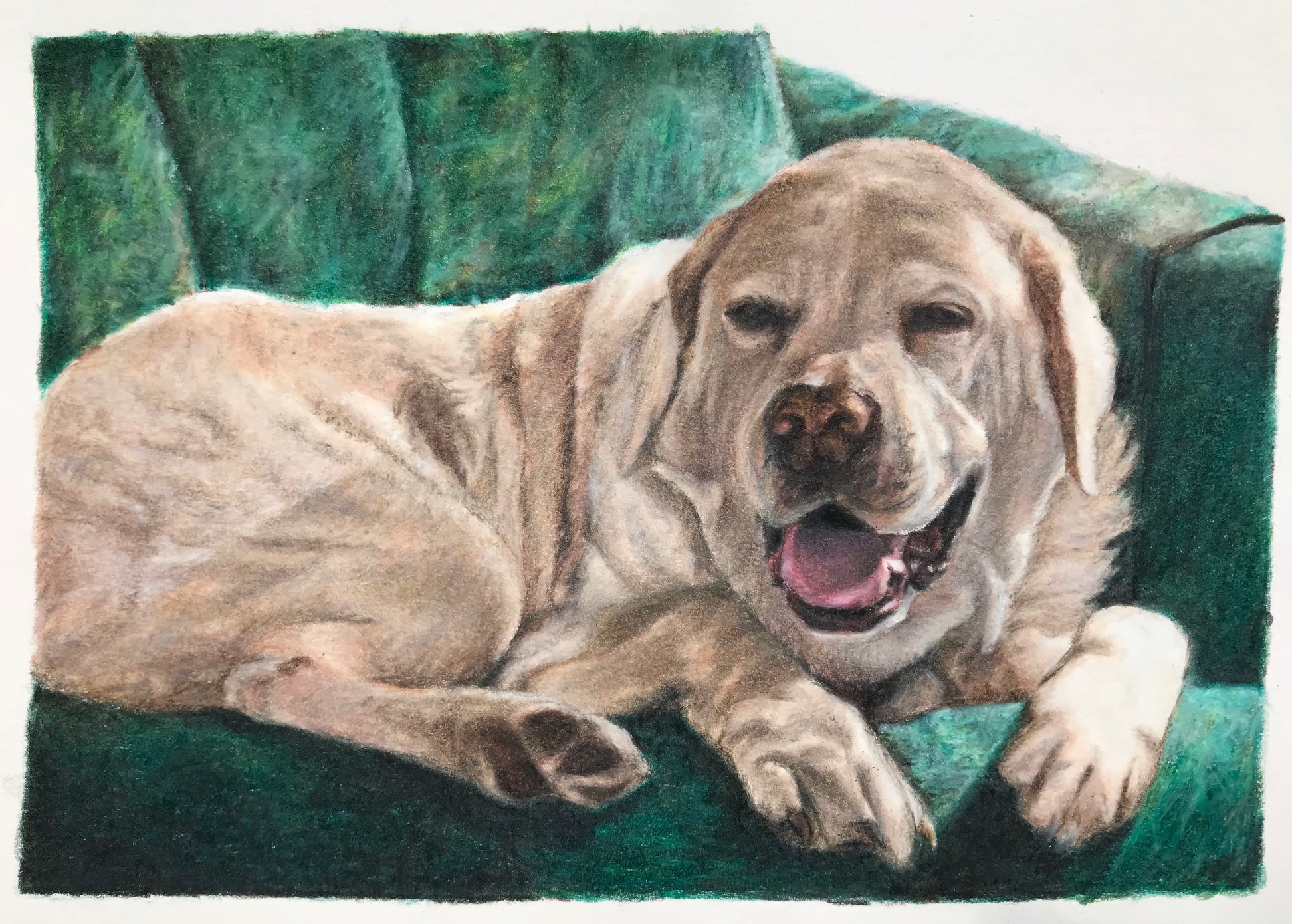

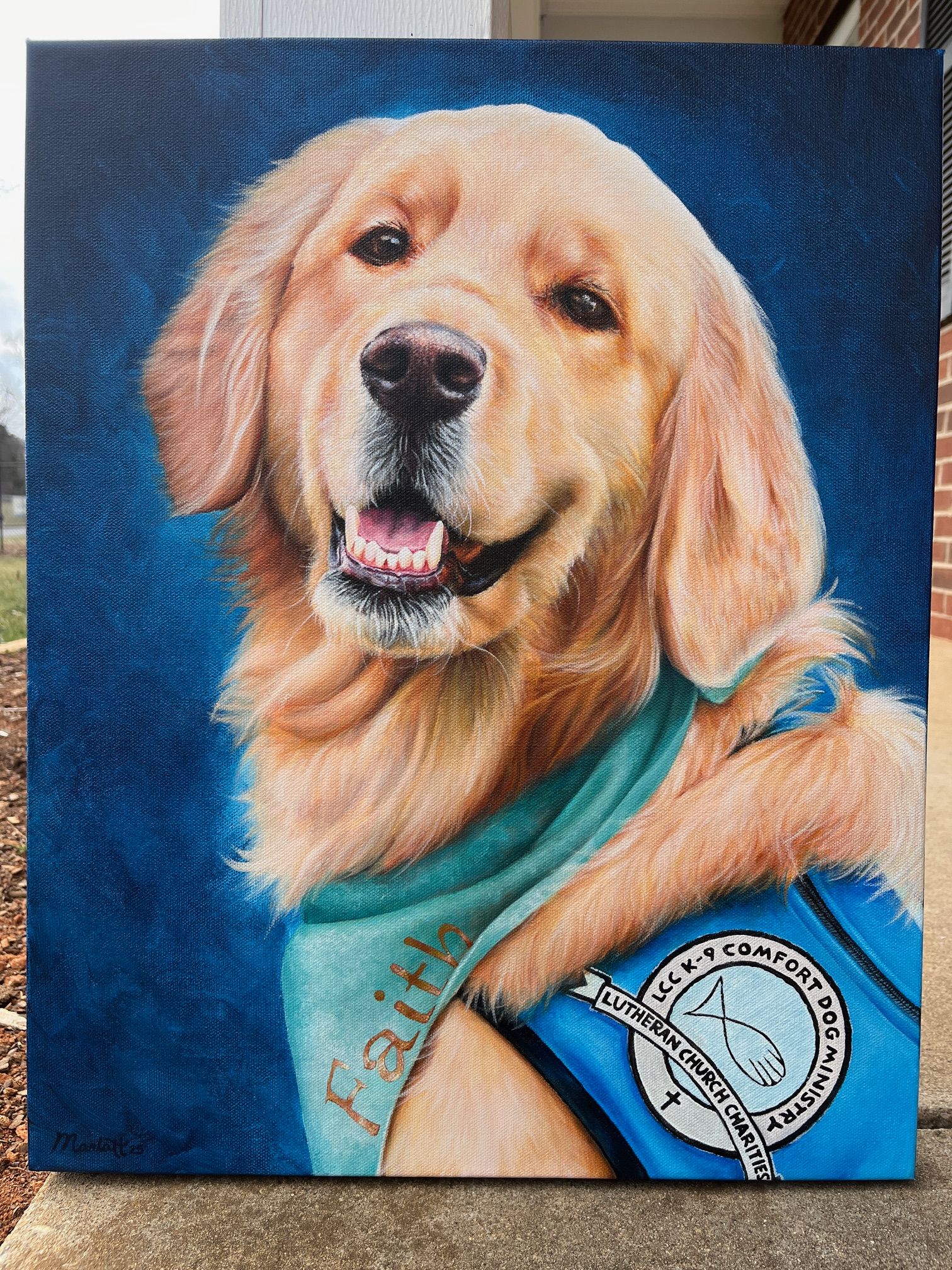
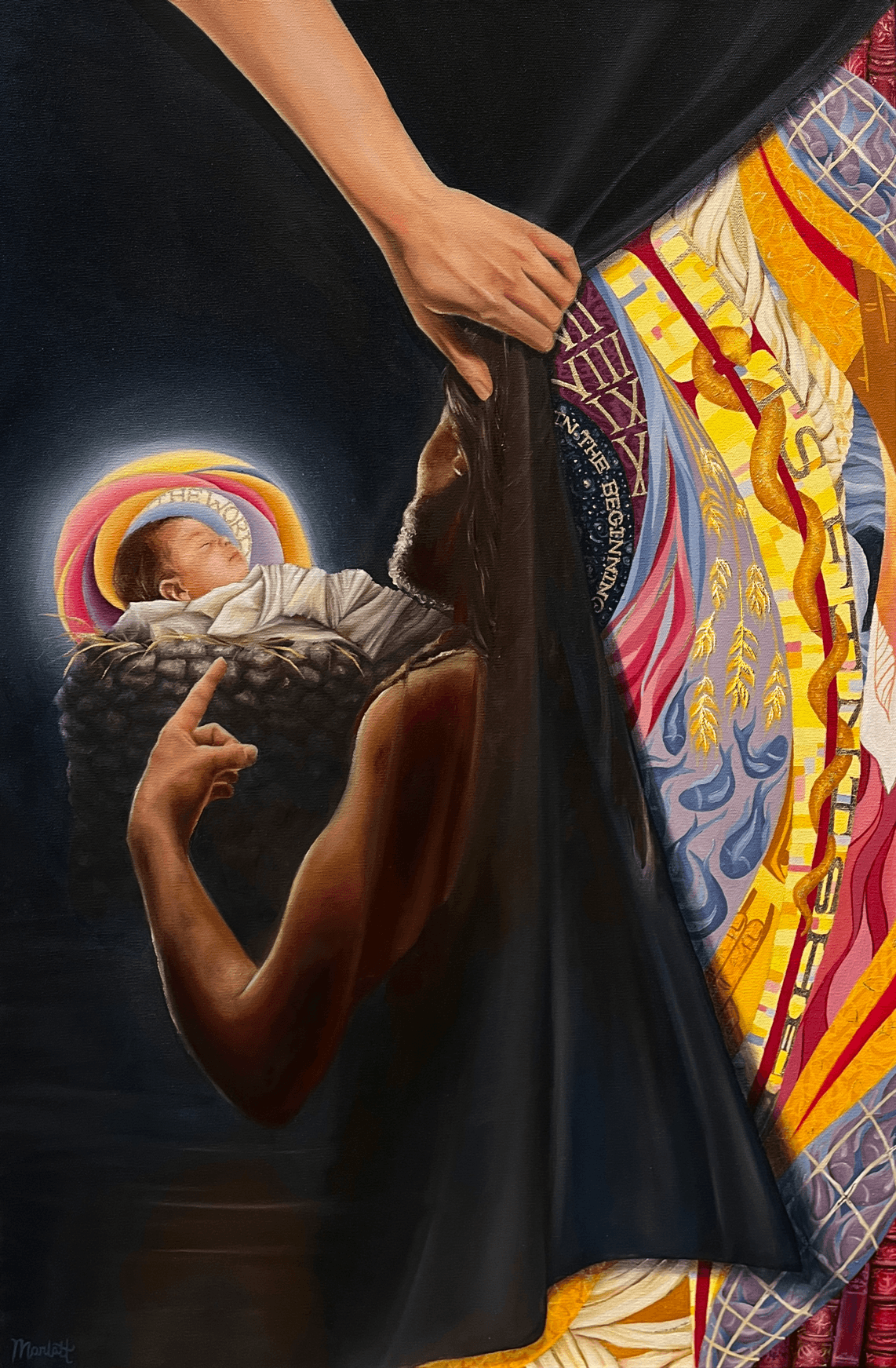
Image Credits
Laura VonKampen Photography


